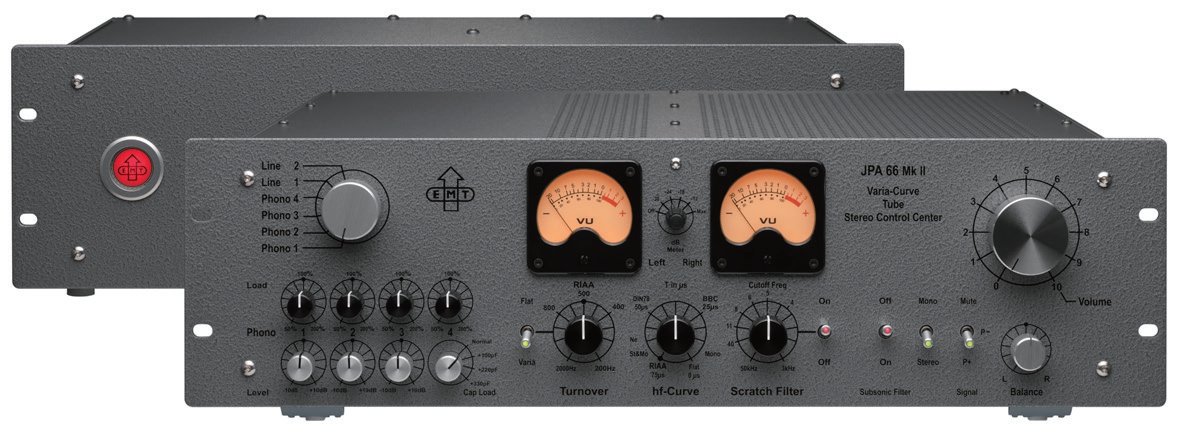As everyone knows, the RIAA curve was introduced in 1954 but was not widely accepted by the record labels well into the late 60's and even later.
This statement is false. When the stereo LP cutting system was first introduced (which IIRC was the Westerex 3D) the RIAA curve (very similar to the RCA Orthophonic curve used in RCA mono recordings prior to 1958) was adopted. This curve was used by all record labels and cutting systems. The Westerex 3D ushered in the golden age of stereo with its introduction in 1958. All the RCA Living Stereo LPs used the Westerex system, as seen if you read the backside of the jacket of those LPs. Mercury used it too.
I owned the Westerex 3D cutter mounted to a Scully lathe, using the Westex 1700 series mastering electronics package. The RIAA pre-emphasis module was carefully matched to the actual cutter head to correct for its characteristic: they were very serious about getting the RIAA characteristic right and didn't want variance in the cutter head to influence it. The idea that a different EQ was used after stereo LPs were introduced becomes ludicrous if you've had exposure to any LP mastering system.
With the vast amount of legacy stereo equipment that exists, a label would be foolhardy to strike out on their own with an alternate EQ. It would not matter if a larger company like Sony supported it; that would still not be a big enough market for anyone to consider.
The various LP EQ curves such as London, Columbia and so on are from the mono era prior to 1958 as seen below; by the late 50s all mono LPs were used the RIAA characteristic. Some of those EQ curves are for 78s.
So when you see those EQ curves on any audio equipment, its for
mono recordings only. It can be fun to try these curves out on stereo LPs, but at that point you're really just using them as a kind of goofy tone control. Obviously the EQ settings would be alot more handy if a mono switch were also included.
Those who have a collection of early mono LPs can benefit from having adjustable EQ. RIAA was introduced as a standard (de facto, not de jure) in 1954. However, it is not clear that all record companies immediately switched to RIAA in their production. Certainly, for those who have collections of LP's from before that time (my Columbia ML4001 Milstein Mendelssohn Violin Concerto is from 1948), would benefit from having adjustable EQ. There are many great artists who did not make it to the stereo era when RIAA was ubiquitous. If their work was not reissued in the RIAA or later digital era, then having their LP's and perhaps 78's are their recorded legacy.
IIRC, RCA did start using RIAA before it was introduced as a standard (pre 1954). Not sure about that. I don't (didn't) have many early RCA mono recordings. RCA did rerelease quite a few early recordings - Horowitz, Toscanini, even some in the dreaded electronic stereo format.
As usual, corrections, additions, etc. are always welcome.
Larry
The RCA Orthophonic curve is probably what you are referring to here, which later was the basis of the RIAA curve that became the standard in 1958.

















